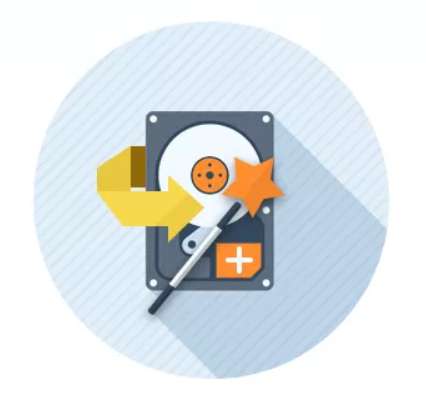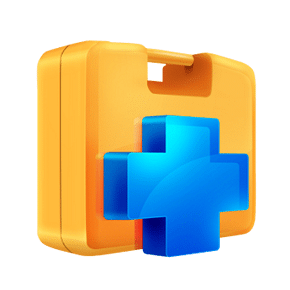- Posted by:
- Posted on:
- Category: Tools & UtilitiesTools & Utilities
- Version: 1.9.6.22
- System: Windows
- Price:
USD 0 - Views:
21
Features of MaxDataGenius Pro
MaxDataGenius saves your data from different data loss crises
- Accidental deletion, virus attack, device failure – can recover lost or deleted files, even if deleted from recycle bin, and can use a so called ‘RAW’ file system feature to detect files by ‘footprints’
- Formatted, system crash, hard drive failure, device failure – can unformat a partition or disk with heavy logical damage, or if formatted with different file systems – can recover from corrupt boot sectors, corrupt file system structures etc.
- Partition loss – can recover from lost boot sectors, corrupt partition tables, corrupt logical disk manager etc.
MaxDataGenius supports all kinds of media
- flash media such as USB thumb disks, SD cards etc.
- digital cameras, media players, phones etc. (must appear as a volume or disk on your computer to work)
- optical media like CD, DVD etc.
- hard drives (including SSD)
- RAID drives: RAID0, RAID5 and combinations (e.g. RAID50 etc.), JBOD – must appear as physical or logical disks on your computer to work) – software includes RAID reconstruction for broken RAID disks
MaxDataGenius supports all kinds of file systems
- FAT12/16/32 (mainly used on flash cards, hard disks etc.)
- exFAT (mainly used on flash cards)
- NTFS (used on PC hard drives)
- CDFS/ISO9660 (used on optical media)
- HFS+ (used on Mac hard drives)
- ext2/3/4, ReiserFS, JFS (mainly used on Linux systems)
- RAW (means it recovers without any file system by scanning for ‘foot prints’ of your lost files)
- LDM (can recover from damaged Windows logical disk manager)
- VMDK (VMWare flat or sparse virtual disk image files, incl. snapshots and extents)
- ReFS (used on Win2012 server and Win8)
- UFS/XFS/ZFS (mainly used on Unix and Linux systems)
MaxDataGenius has unique additional features
- RAID reconstruction: select individual disks of a broken RAID system (JBOD, RAID0, RAID5 and combinations like RAID50 etc.) and reconstruct the RAID system for data recovery with a mouse-click.
- Browse native and foreign file systems: browse file systems not available on your computer! (for example browse HFS+ or Linux volumes on your PC)
- Wipe data: securely wipe individual files
- Disk diagnostics: analyze media to detect bad blocks, show disk usage etc.
- Disk tools: create/restore disk image files, direct disk-to-disk copy, securely wipe unused space, wipe entire disks, hex view etc.
- Refresh disk: Safely verify and rewrite all media blocks to increase data endurance
No gallery available









